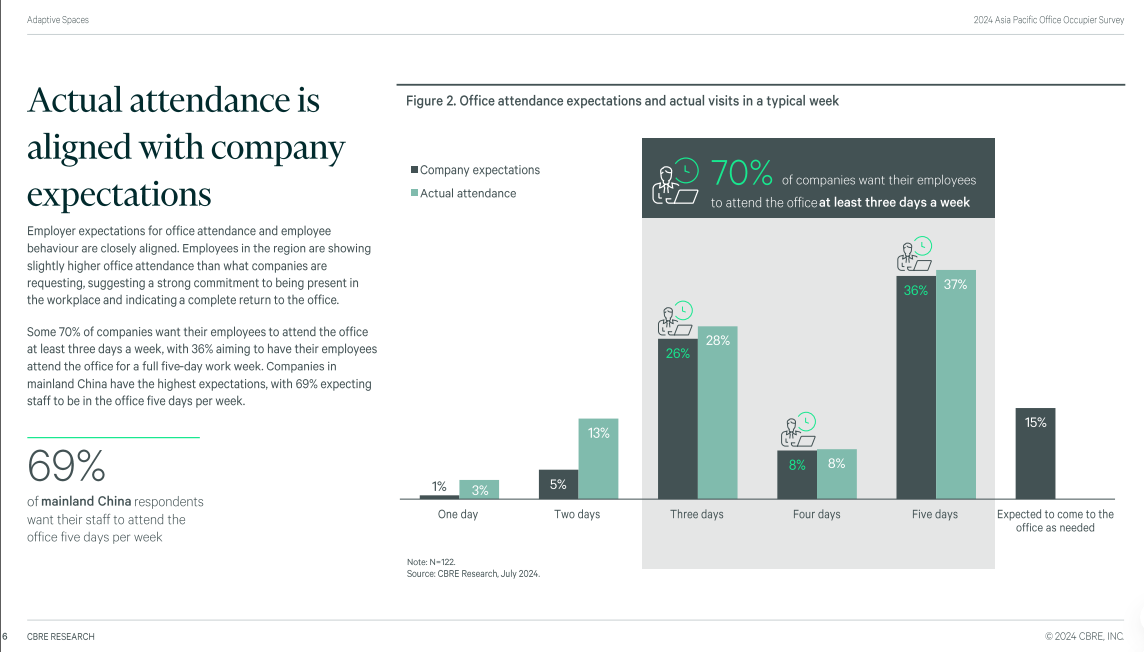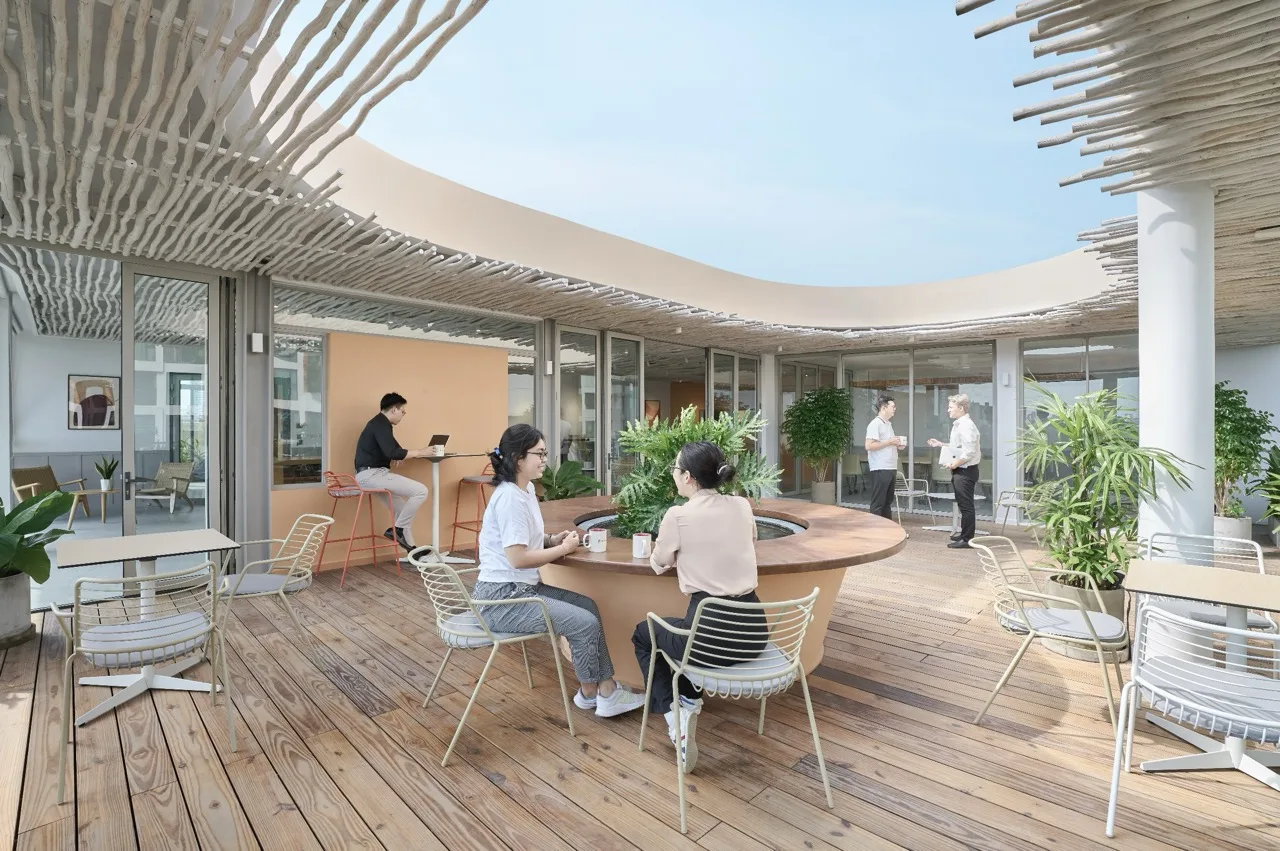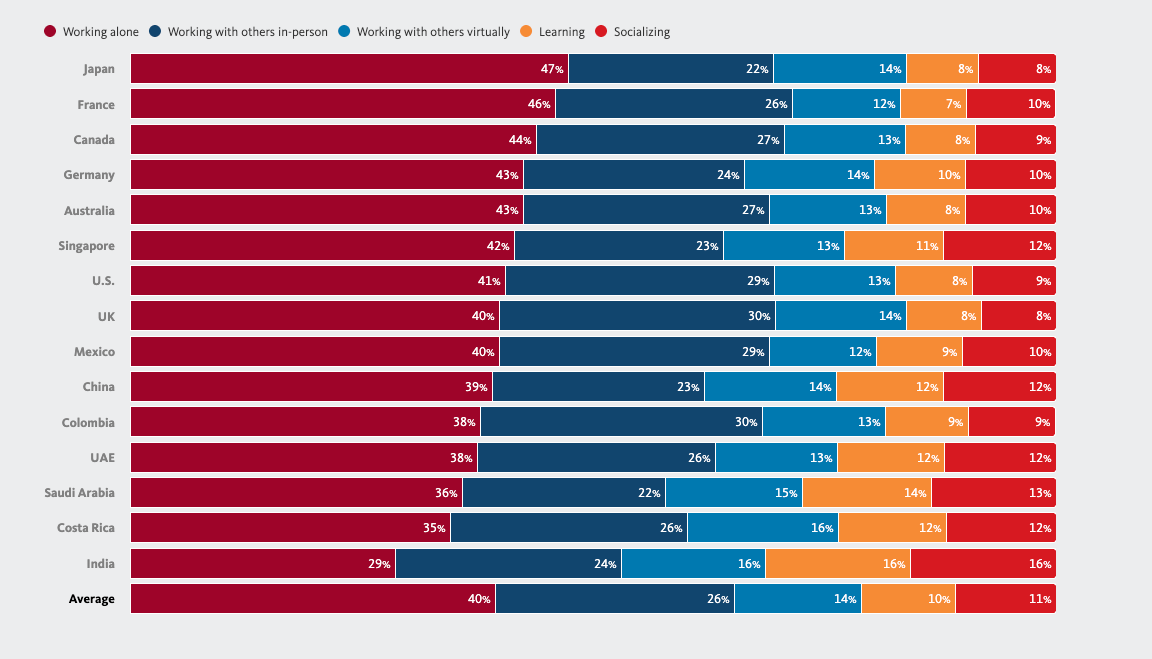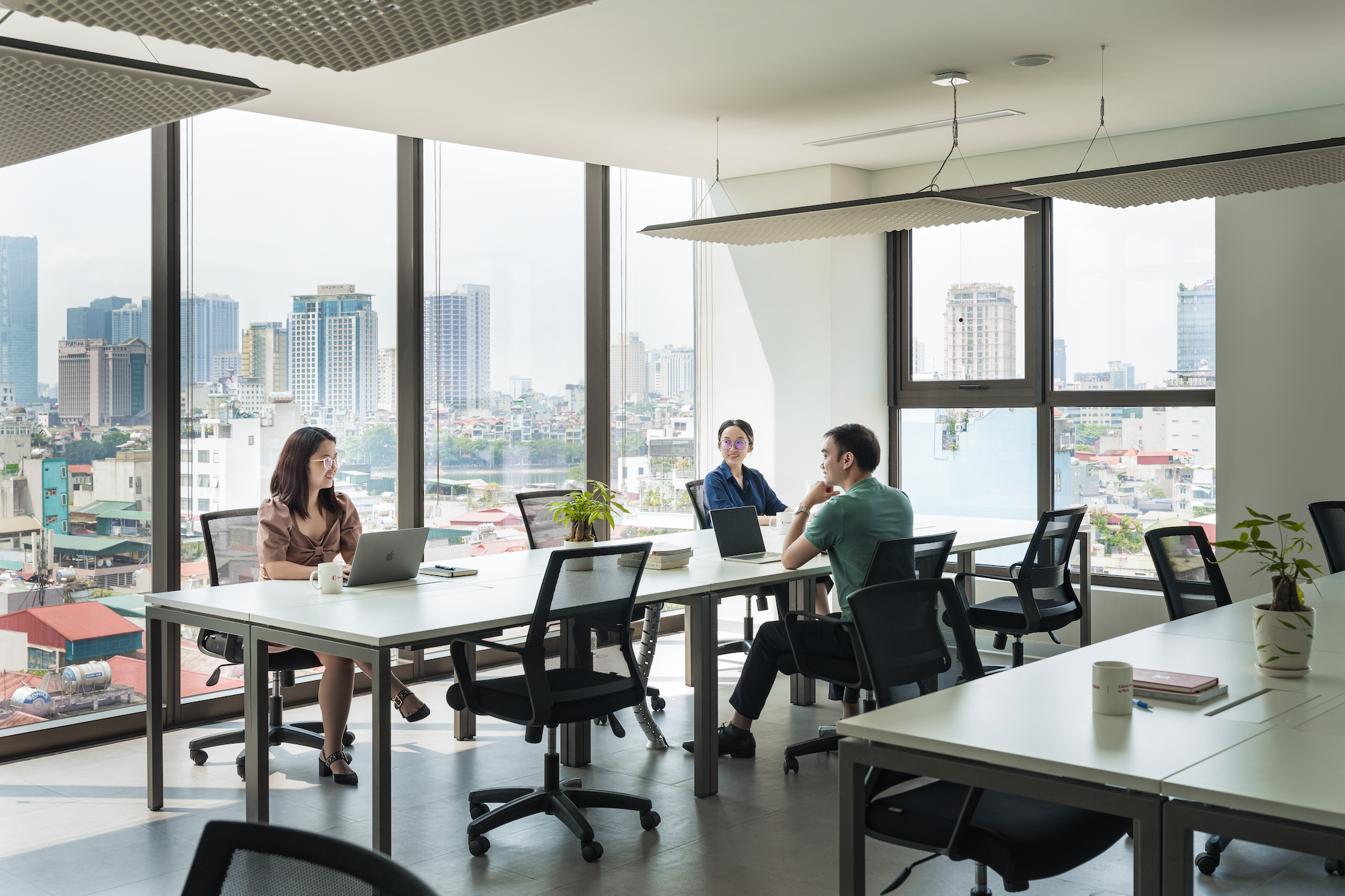When Vietnam’s leading enterprises started reducing their office Vietnam enterprise footprints in 2024, headlines were quick to frame it as a retreat. But C-level leaders know better. What’s happening across Ho Chi Minh City and Hanoi isn’t panic—it’s precision.
The conversation has shifted from “How much space do we need?” to “How much space do we actually use?” This isn’t downsizing. It’s right-sizing office Vietnam—a strategic recalibration that cuts waste while boosting performance. And it’s happening fast.
In a landscape where Hanoi’s office vacancy rates are projected to reach 23% to 24% in 2025 and 2026, and HCMC’s average occupancy fell to 88% in Q1/2025, enterprises aren’t fleeing the market. They’re getting smarter about how they occupy it.
In the face of 2026 HR trends focused on efficiency and flexibility, real estate has transformed from a fixed cost into a strategic lever. Multiple forces are converging to make workspace efficiency a boardroom priority. Cost inflation, widespread hybrid adoption, and global economic uncertainty have transformed real estate from a fixed cost to a strategic lever.

According to the CBRE 2023 Asia Pacific Office Occupier Survey, employee workload increased in 2024, but expanding office space is no longer a priority, as actual utilization rates hover around 70% most of the time. Instead, companies are restructuring their workplaces to better align with flexible work models and growing collaboration needs.
The smartest enterprises aren’t just cutting space—they’re redesigning how space works. Hybrid workplace design now dominates new office planning, with traditional fixed desks giving way to flexible zones that adapt to actual usage patterns.
A Hanoi-based financial services firm reduced its footprint by 30% (from 15,000 to 10,500 sqm) yet increased employee engagement scores by 18%.
The strategy: Replacing underutilized desks with collaborative zones and wellness spaces.
The result:
This reflects broader post-pandemic office trends Vietnam where enterprises prioritize space quality over quantity. They’re asking: “Does this space help us collaborate better? Does it attract talent? Does it reflect our brand?” If the answer is no, they’re changing it – or leaving it behind.

Dreamplex offers flexible workspaces — from modern meeting rooms to private offices — all thoughtfully designed to reflect your brand and support team growth. More than just a place to work, it’s an environment where employees feel genuinely cared for every day, with dedicated service, lush greenery, and a cup of coffee to kickstart a productive day. We call it a workspace that knows how to “breathe” — a place that enhances performance and helps retain top talent.
The concern every CHRO voices: “Won’t reducing space hurt our culture?” The data suggests otherwise—when done thoughtfully.
Right-sizing done poorly is just downsizing with a euphemism. But strategic workspace reduction, coupled with cost-efficient office solutions and intentional design, can actually strengthen organizational culture. Smaller, well-designed spaces create what workplace psychologists call “design intimacy”—the sense that every area has purpose and every colleague is accessible.
A HCMC technology company reduced from three floors to one and a half at their District 1 location. Initially, employees worried about losing personal space. Six months later, internal surveys showed improved cross-departmental collaboration (up 34%), faster decision-making (26% reduction in approval cycles), and a stronger sense of belonging (employee NPS increased from +12 to +31).
The key difference? They worked with hospitality-led operators like Dreamplex, who understand that office design isn’t just about desks and meeting rooms—it’s about creating experiences that employees want to be part of. Premium finishes, curated F&B partnerships, wellness amenities, and community programming turned “less space” into “better space.”
This matters for employee experience in Vietnam and employer brand. When regional talent evaluates opportunities, they compare not square footage but experience quality. A thoughtfully designed 8,000-square-meter space with great amenities beats a sprawling 15,000-square-meter facility with dated infrastructure and poor utilization.
A common concern among CHROs is whether reducing office space might weaken company culture. In reality, when done thoughtfully, right-sizing can strengthen it. If approached superficially, it’s just downsizing in disguise. But with intentional design and an effective operating model, it becomes a catalyst for cultural growth.
Rather than focusing on square footage, companies are shifting toward quality of experience. Today’s workplace should reflect a genuine care for people — a space where employees feel connected, supported, and inspired to grow.

According to Gensler’s Global Workplace Survey 2024, insights from over 16,000 office workers across 15 countries show that workplace experience impacts not only individual performance but also team cohesion and business outcomes. Gensler recommends measuring space effectiveness by how employees feel — not just by seat count or square footage.
Meanwhile, Knight Frank reports that office demand in the Asia Pacific region remains stable despite challenges in markets like China. Employment growth and flexible work models are driving more efficient space utilization, with many companies restructuring offices to match real needs.
In short, instead of expanding space, businesses should focus on intentional design that helps employees feel connected and cared for — a key factor in retaining top talent. A well-designed 8,000 m² office with thoughtful amenities delivers far more value than a dated 15,000 m² space.
Here at Dreamplex, we offer flexible office solutions that enable enterprises to execute a right-sizing strategy immediately:
Vietnamese business leaders are rewriting their operational playbook. Success is no longer defined by having the most square meters, but by using space the smartest way.
While “retreat” may suggest stepping back, it’s actually a strategic reset — a shift away from the old assumption that “more space = more success” toward a new mindset: “smart space = better outcomes.”
The real question is no longer “Should we rethink our workspace?” but “Do we have the strategy to unlock both financial and cultural value from it?” Leading Vietnamese companies share a few key traits:
They understand that in 2025, the most effective workspace strategy isn’t about having the biggest office — it’s about choosing the wisest one: purposefully designed, right-sized to support growth, and flexible enough to adapt as things change.

Private when you need focus. Open when you need energy. Human, always.
We create “A Better Day at Work” that perfectly meets the needs of fast-growing companies that understand that their young employees expect more from their workplace.
Well-designed private, branded offices, 5-star hospitality-level care, and a savvy c help those companies attract, engage, and retain Millennial and GenZ talent in Vietnam.
Dreamplex has 5 locations in Ho Chi Minh City, 1 in Hanoi, and looks to expand further in 2026 to create a better workplace for even more people-centric companies and their employees. Companies like Tiki, AIA, Sky Mavis, Samsung, and more trusted Dreamplex to offer the best office for their teams.
WE CREATE A BETTER DAY AT WORK.